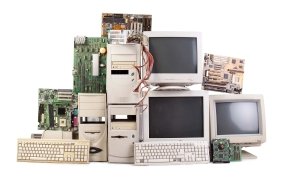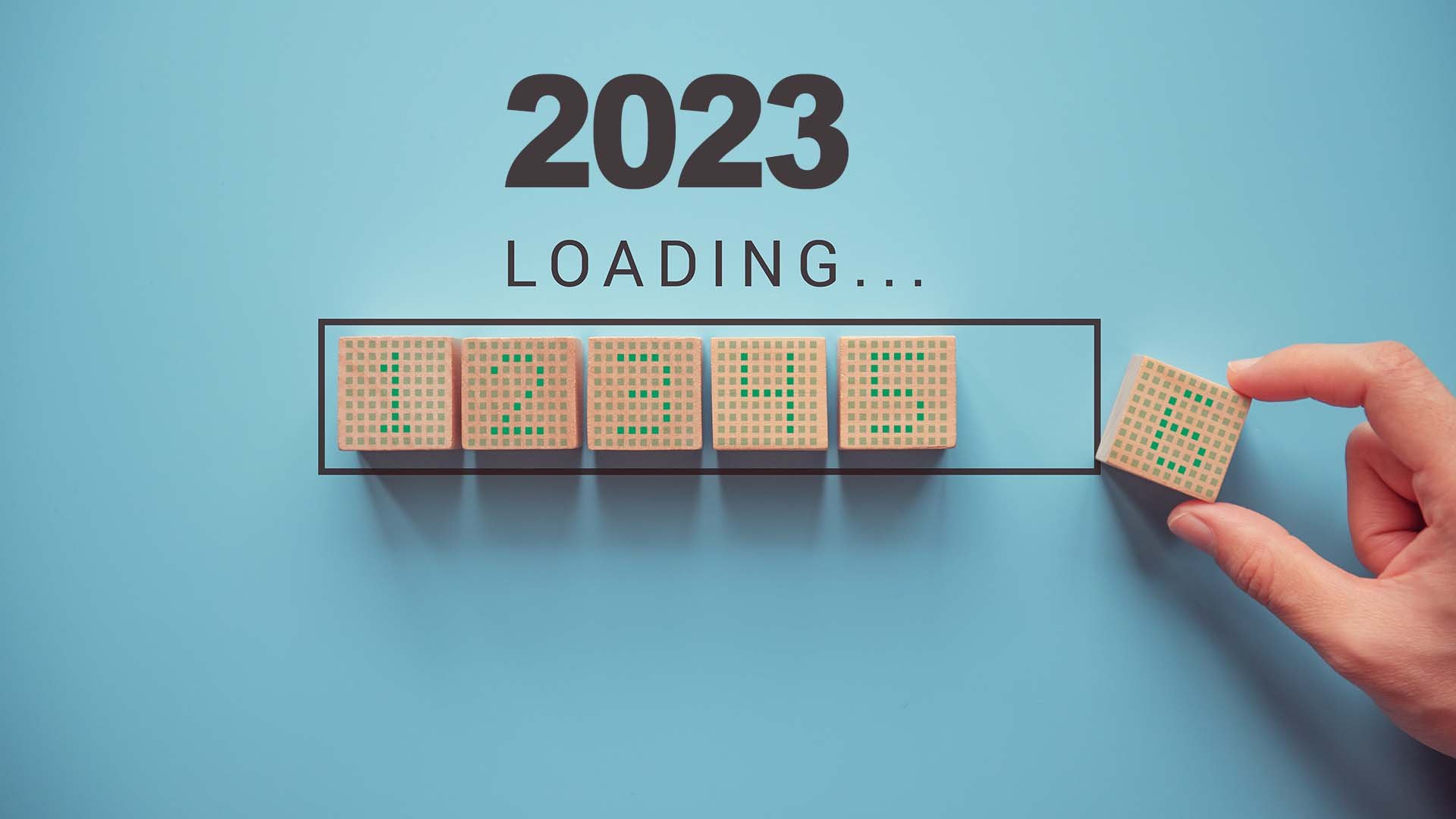With the pandemic forcing many to work remotely, the idea has gained traction among professionals that this is not such a bad thing after all. To what extent can treasurers operate effectively away from the office? We ask an expert.
Corporate treasury teams are usually quite small, tight-knit affairs, with the emphasis on ‘teamwork’. The ongoing pandemic will have been tough for them, as it has been for those in many other professions.
When treasury technology vendor FIS recently conducted a survey of corporate treasury department responses to Covid-19, one of the most interesting outcomes was that nearly two-thirds of those questioned believed that the majority of treasury’s responsibilities can be performed remotely. The survey results also suggest that while many treasurers still consider operating fully remotely to be ambitious, that reality is getting closer.
Does this point to a new way of operating in the future? TMI asked Steve Wiley, former consultant and treasury practitioner, and now Vice President, Treasury Solutions, FIS, to explain what remote working would really mean for the treasury professional, and whether it would even be desirable, post pandemic.
Shifting attitudes
With the promise of vaccines being distributed around the world, and the pandemic eventually being brought under control, many will soon return to office-based work. But for Wiley, the home-working genie is out of the bottle, and many will choose to continue operating remotely. “It’s a permanent change,” he states.
Compared with other professions, prior to the pandemic it was rare for treasurers to work from home regularly, even though it has become increasingly possible to do so. Indeed, FIS, as a technology provider, has been observing a steady migration of treasuries to cloud-based products. “The pandemic simply accelerated that migration, enabling many more to work remotely.”
Those treasurers who have had no choice but to head into the office, he suggests, have commonly been subject to the technological limitations of their on-premise or installed systems. Of course, no one was truly prepared for Covid-19. “When the pandemic started, none of us had lived through such an event before and so we were uncertain of the effect it would have on our business,” says Wiley.
But with 2020 becoming the busiest year for the FIS Corporate Liquidity business in a very long time, he has seen “a huge surge” in technology upgrade projects. This has been driven largely by treasuries desperately seeking virtual capacity. Ensuring the treasury team is fully web-enabled can be seen as a risk mitigant, and will be part of many a Disaster Recovery (DR) or Business Continuity Plan (BCP) now because it enables rapid switching to remote working.
And so, Wiley believes that, although there will be a steady return to the office once it is safe to do so, change is already in the air. “There are certain aspects about working from home that people have discovered they like. They now want a greater work/life balance, and will start expecting more flexibility in terms of when and where they can work,” he explains. “I think we’re going to see a hybrid policy in most treasury departments, where management agrees to homeworking a couple of days a week.”
Adaptability
Remote working has three core elements: operational enablement, accessibility, and security. “Treasury has adjusted very quickly,” says Wiley. The number of those claiming in the FIS study that they could perform almost all of their duties at home surprised him. He recalls a similar study by Gartner that looked at other functions – corporate finance and accounting – which revealed lower rates. To him, it suggests that “some of the specialised treasury technologies are more advanced and more widely adopted from a cloud perspective”.
With the TMI Awards 2020 demonstrating yet again that this space is consistently innovative and highly competitive, Wiley thinks that the element of surprise here is diminishing: innovate and adapt is what treasurers do.
But there remains a segment of this community that is yet to catch up, and the pandemic is highlighting the need for them to do so sooner rather than later. Those with fragmented technologies and decentralised operations are the ones that Wiley says will have struggled most.
Of course, a decade ago, no treasury would have been in a position to work remotely, simply because of the technological limitations of the period. “The pandemic has happened at a time when the shift to digital was already taking place; 2020 was the year that all these systems were tested, and most have proven successful,” offers Wiley.
Today, theoretically, the entire treasury remit can be executed remotely, he continues. “We’re seeing global, fully centralised treasury operations that can communicate fully electronically, with all of their processes and workflows embedded.”
New value
Beyond the urgency of business continuity, the enablement of remote working has additional value, comments Wiley. It can, he suggests, empower people to be more productive. Indeed, when the commute to the office is removed, he knows from personal experience that the working day can be extended at either end. There are also efficiency gains as people are free to work without the usual office-bound distractions.
That said, he warns that there can be an “adjustment period”. Those who already work from home will be aware of the need to maintain levels of physical activity throughout the working day. It’s also important to look after mental wellbeing too, he adds, noting that the social interactions of office-based work can have a distinct benefit.
Another benefit that comes from being forced by unprecedented circumstances into the adoption of virtual technology is that it brings the instant advantage of new and better software. “A treasury department that was using an on-premises system back in March 2020 will find its world much more efficient when it moves to a modern cloud-based system,” explains Wiley. And what’s more, he continues, cloud-based systems mean users get the latest functionality pushed to them which, by virtue of using these enhanced tools, enables treasurers to take on additional value-adding activities.
Maintaining engagement
If a silver lining is to be found in the very dark cloud that is Covid-19, it is that companies can find a new business case to upgrade their technology and leverage all the advantages this brings. As Wiley confirms, “it was much easier to get project approval in 2020 than in previous years”.
But events of the past year have also alerted vendors – and banks – to the importance of maintaining customer engagement at all times. FIS recently held its annual client conference virtually, where normally it would a hold a physical user-group meeting. The accessibility of the virtual event ensured better attendance and thus even greater engagement, says Wiley. By enabling more customers to interact, he believes that vendors will gain a stronger and more varied viewpoint which, in terms of product development, has to be a positive outcome.
Of course, many people have had the opportunity to compare and contrast their experiences of both physical and virtual industry events. Where physical events dominated the mix pre-pandemic, providers have had time to hone their virtual offerings and so it is likely that post-pandemic there will be a more balanced mix of both forms. This is especially likely when the issue of air travel and climate change is considered.
So, can treasurers safely break free from the office? The answer is yes, if the right technology is available and if you want to. But the most likely longer-term outcome for most will still be a hybrid of remote and office working. Treasurers are, after all, quite a sociable bunch.
























